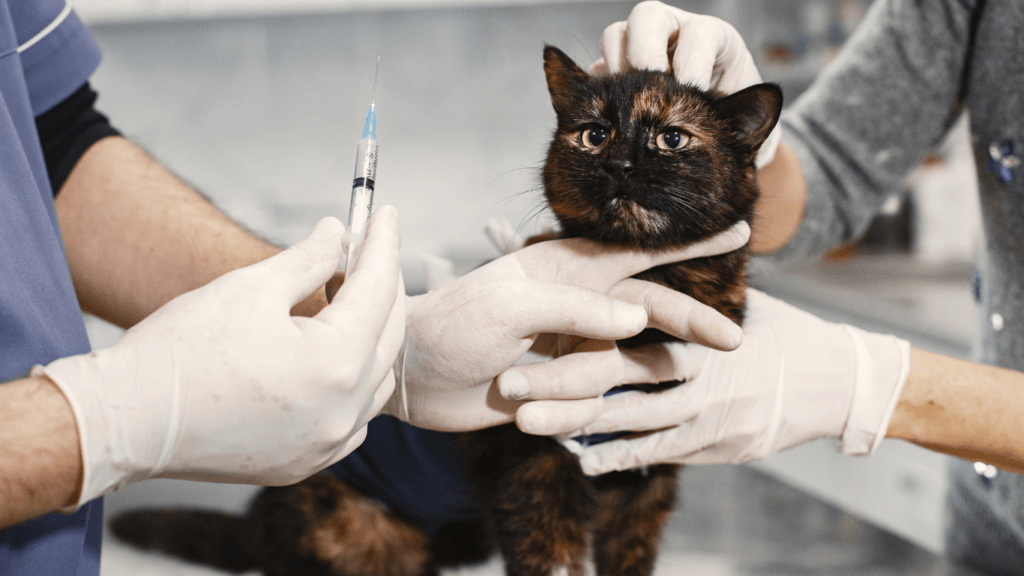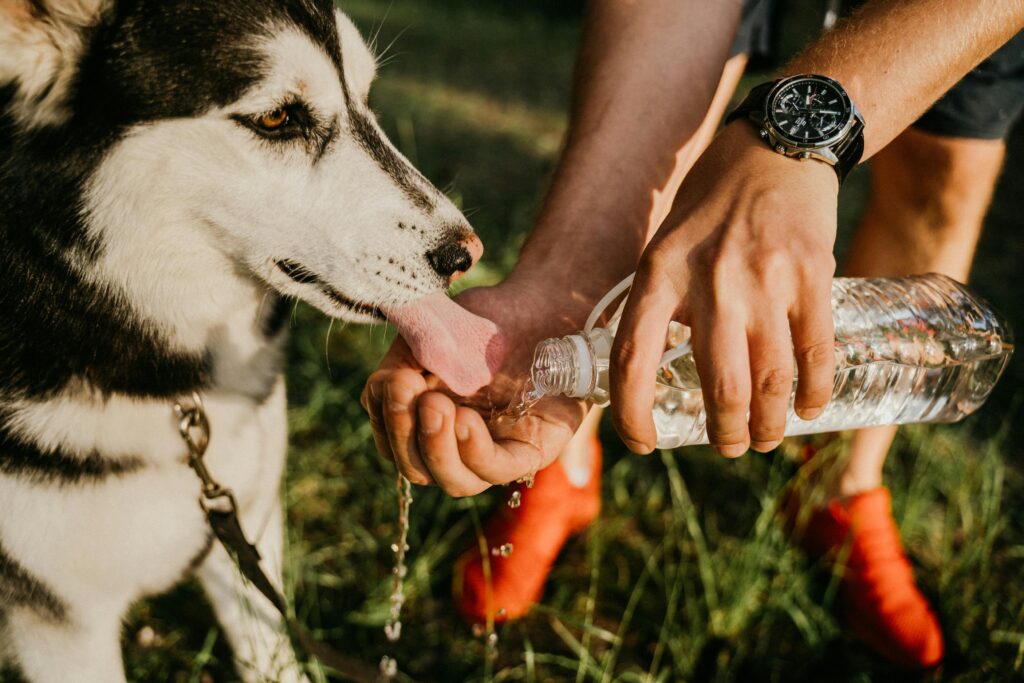Importance of Vaccinations for Pets
Vaccinations safeguard pets from serious diseases. They boost immunity by exposing pets to a controlled dose of the disease, training their immune systems. This prevents outbreaks and reduces the risk of illness.
Rabies, distemper, and parvovirus are common examples of preventable diseases. Rabies affects the central nervous system and is fatal once symptoms appear. Distemper can cause respiratory and neurological issues. Parvovirus leads to severe gastrointestinal distress. Vaccines for these diseases are essential by protecting pets and, by extension, humans, since some illnesses are zoonotic.
Community health benefits from widespread vaccination. Herd immunity arises when a high percentage of pets in a community are vaccinated, lowering disease spread rates. This indirectly protects pets that can’t receive vaccines due to medical reasons, like allergies or compromised immune systems.
Vaccinations can save on future veterinary costs. Treating preventable diseases is often more expensive than routine vaccination. For instance, treating parvovirus can exceed $1,000, while a vaccine costs significantly less.
Vaccines are crucial for pet travel regulations. Many regions mandate vaccinations for entry. Rabies vaccination is a common requirement due to its zoonotic nature and severe health implications.
Pet vaccinations are vital. They keep pets healthy, promote community well-being, reduce veterinary costs, and comply with travel regulations. By keeping up with vaccination schedules, owners ensure their pets lead longer, healthier lives.
Core Vaccinations
Core vaccinations are vital for all pets due to their effectiveness against widespread and severe diseases. Understanding these essential vaccines helps ensure your pet remains healthy.
Canine Core Vaccinations
Dogs need core vaccinations to protect against critical diseases. The most common core vaccines for dogs include:
- Canine Parvovirus: Parvovirus affects the gastrointestinal tract, leading to symptoms like severe vomiting and diarrhea. It’s highly contagious among dogs.
- Canine Distemper Virus: Distemper causes respiratory, gastrointestinal, and nervous system issues. Left untreated, it can be fatal.
- Rabies: Rabies is always fatal once symptoms appear. It’s zoonotic, meaning it can spread from animals to humans.
- Canine Adenovirus (Hepatitis): Hepatitis targets the liver, causing symptoms like fever and jaundice. It’s also contagious among dogs but preventable with vaccination.
Feline Core Vaccinations
Cats require core vaccinations to safeguard against prevalent diseases. Essential vaccines for cats include:
- Feline Panleukopenia (Distemper): Panleukopenia causes severe gastrointestinal symptoms and significantly reduces white blood cells, compromising immunity.
- Feline Calicivirus: Calicivirus leads to respiratory infections and oral ulcerations. It’s easily transmitted among cats.
- Feline Herpesvirus (Rhinotracheitis): Herpesvirus affects the upper respiratory tract, causing symptoms like sneezing and eye discharge.
- Rabies: Rabies is crucial for all pets, including cats, for the same reasons as in dogs – it’s deadly and can infect humans.
Vaccinations form a cornerstone of preventive healthcare for pets, ensuring they are shielded from serious illnesses and contributing to community health.
Non-core Vaccinations
Non-core vaccinations, although not essential for all pets, offer protection based on individual risk factors and lifestyles.
Canine Non-core Vaccinations
Non-core vaccinations for dogs cover diseases not common enough to require universal vaccination but can be crucial for dogs in certain environments.
- Bordetella bronchiseptica: This bacterium causes kennel cough, a respiratory infection spread in areas where many dogs congregate, like kennels or dog parks.
- Lyme Disease: Spread by ticks, this vaccine is important for dogs in regions with high tick populations. Symptoms include fever and joint pain.
- Canine Influenza: Also known as dog flu, this virus spreads through direct contact. It’s beneficial for dogs frequently in contact with other dogs, particularly in urban areas.
- Leptospirosis: Caused by bacteria in water or soil, this vaccine is critical for dogs that often swim or roam in areas with stagnant water.
Feline Non-core Vaccinations
Non-core feline vaccinations address diseases that vary by location and lifestyle, protecting cats that face specific risks.
- Feline Leukemia Virus (FeLV): This virus suppresses the immune system and is transmitted through saliva and other bodily fluids. Cats that go outdoors or interact with other cats should get this vaccine.
- Bordetella: Similar to its canine counterpart, this infection affects the respiratory system and is important for cats in close quarters with other felines.
- Chlamydia Felis: This bacterium causes respiratory infections and conjunctivitis. Vets usually recommend it for multi-cat households or catteries.
- Feline Infectious Peritonitis (FIP): This rare, but fatal coronavirus requires vaccination in environments where the virus is prevalent.
Vaccination Schedules

Following a consistent vaccination schedule ensures your pet remains protected against diseases. Adhering to these schedules minimizes health risks and promotes longevity.
Puppy and Kitten Vaccination Schedules
Puppies and kittens require a series of vaccinations starting at six to eight weeks of age. Vaccines are administered at approximately three to four-week intervals until they reach 16 weeks of age. Key vaccines include:
- Canine Distemper: Given at 6-8, 10-12, and 14-16 weeks.
- Parvovirus: Included in the same schedule as distemper.
- Rabies: First dose at 12-16 weeks, followed by a booster one year later.
Adult Pet Vaccination Schedules
Adult pets need regular booster shots to maintain immunity. Annual visits to the vet ensure pets are up-to-date:
- Rabies: Booster one year after initial vaccine, then every one to three years based on local regulations.
- Distemper/Parvovirus: Boosters every three years.
- Non-Core Vaccines: Administer based on risk factors, typically yearly.
Proper adherence to these schedules provides a strong defense against life-threatening diseases, ensuring pets live healthier lives.
Risks and Side Effects
Vaccinations, like any medical intervention, come with potential risks and side effects. However, the benefits of vaccinating pets often outweigh these risks by a significant margin. Common side effects are generally mild and temporary.
Common Side Effects
After vaccination, pets might experience mild reactions. These include:
- Lethargy and Mild Fever: Pets might feel tired or have a slightly elevated temperature for a day or two.
- Soreness and Swelling: The injection site can become sore or swollen.
- Decreased Appetite: Some pets might temporarily lose interest in food.
Rare but Serious Side Effects
Serious side effects are rare but need immediate veterinary attention. These include:
- Allergic Reactions: Symptoms can range from mild itching to severe anaphylactic shock, including difficulty breathing or collapse.
- Autoimmune Disorders: In very rare cases, vaccinations might trigger autoimmune conditions where the pet’s immune system attacks its own body.
Monitoring for Side Effects
I monitor my pet for any side effects post-vaccination. For mild symptoms, I ensure they have a comfortable space to rest and plenty of water. For more severe reactions, contacting a veterinarian promptly is crucial.



 Veterinary Advisor & Health Expert
Anthony Brooks is the in-house Veterinary Advisor at Pet Paw Shack, offering expert advice on pet health, disease prevention, and general veterinary care. With years of experience as a licensed veterinarian, Anthony helps guide pet owners through essential topics like vaccinations, routine checkups, and emergency care. His commitment to keeping pets healthy ensures that Pet Paw Shack delivers trusted and accurate medical insights.
Veterinary Advisor & Health Expert
Anthony Brooks is the in-house Veterinary Advisor at Pet Paw Shack, offering expert advice on pet health, disease prevention, and general veterinary care. With years of experience as a licensed veterinarian, Anthony helps guide pet owners through essential topics like vaccinations, routine checkups, and emergency care. His commitment to keeping pets healthy ensures that Pet Paw Shack delivers trusted and accurate medical insights.
